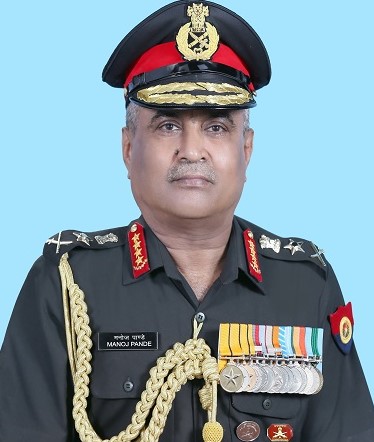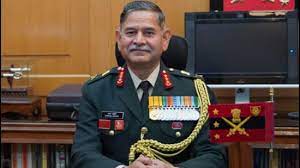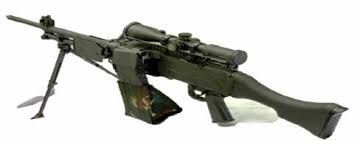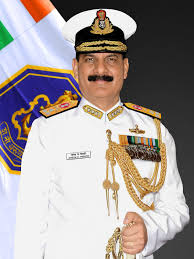After detailed scrutiny, DPSU Hindustan Aeronautics Limited (HAL) along with the three Indian Armed Forces have identified certain design and metallurgy issues in some components of ALH Dhruv Helicopters which has probably caused the chopper to crash three times in recent months.
The scrutiny was carried in view of these string of accidents involving the platform which in turn coerced the Indian Army and the Indian Air Force (IAF) to ground their fleets in May this year.
As of now, these are being fixed on priority by the HAL which is the responsible for the design and development of the Advanced Light Helicopter (ALH) Dhruv helicopters.
Notably, presently the Indian Army has about 145 Dhruv helicopters, the Indian Air Force has 70, the Indian Navy has 18, while the Indian Coast Guard has 20 copters. And all of them underwent technical checks following the incidents of accidents.
Also, worth mentioned that the ALH Dhruv was permitted for operational missions after the clearance given by the Indian Armed Forces last month, but only for emergency operations, and that too after comprehensive checks. However, routine sorties are still not permitted.
ALH operations have been hit in the past too – the helicopters were grounded in 2006 following tail rotor problems, and later again in 2014 after a fatal crash.
About ALH Dhruv Helicopters
The indigenously designed and developed Advanced Light Helicopter (ALH-DHRUV) is a twin engine, multi-role, multi-mission new generation helicopter in the 5.5 ton weight class.
The basic Helicopter is produced in skid version and wheeled version. Dhruv is “type –Certified” for Military operations by the Centre for Military Airworthiness Certification (CEMILAC) and civil operations by the Directorate General of Civil Aviation (DGCA).
Certification of the utility military variant was completed in 2002 and that of the civil variant was completed in 2004. The deliveries of production series helicopters commenced from 2001-02 onwards.
A total of 336 Helicopters have been produced by October 2022.
The major variants of ALH are classified as:-
- Mk-I Conventional cockpit
- MK-II & Mk-III Glass cockpit
- MK-III Maritime Role (Navy/ Coast Guard)
- MK-IV armed version
|
Technical Parameters
|
|||
|---|---|---|---|
| ALH Mk-III | ALH Mk-IV | ||
| Length | 15.9 m | 15.9 m | |
| Width | 13.2 m | 13.2 m | |
| Height | 4.98 m | 4.98 m | |
| Max Take Off Weight | 5500 kg | 5800 kg | |
| Never Exceed Speed (VNE) | 292 Km/h | 245 Km/h | |
| Range | 630 km | 590 km | |
| Endurance | 3.65hr | 3.8 hr | |
| PAX | 12 + 2 | ||
Power Plant
- TM 333 – 2B2 (For Dhruv Mk-I and Mk-II) & ARDIDEN 1H1 (Shakti) (for Dhruv Mk III & Mk IV).
| TM 333 – 2B2 | SHAKTI | |
|---|---|---|
| – Dry wt. | 167.5 kg | 205 kg |
| – Max. Power | 801 kW | 1032 kW |
| – Specific Fuel Consumption | 0.323 kg/kw hr | 0.300 kg/kw hr |
- 12 % Higher power than TM 333 2B2 engine
- Dual centrifugal compressor assembly
- Single crystal blades
- Dual channel FADEC
Source: https://hal-india.co.in/





